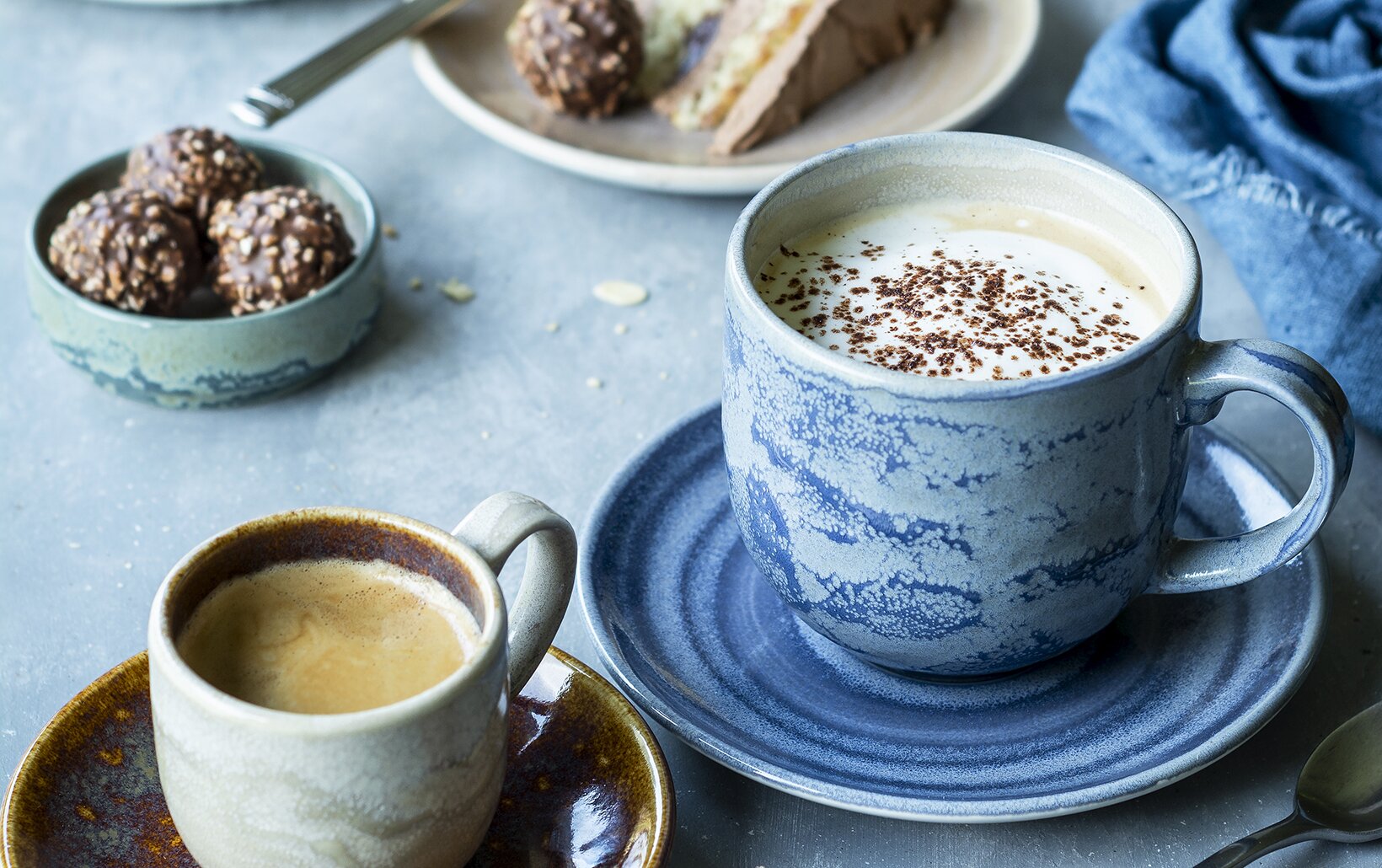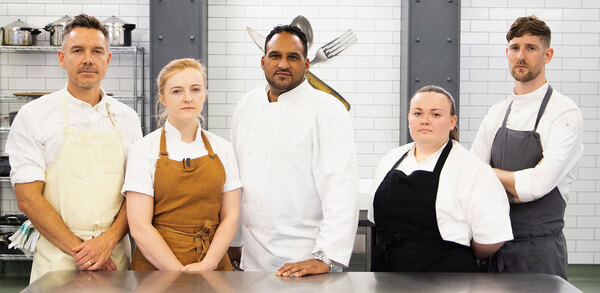Dynamic ceramics: how to match your tableware to your brand
Durable, cost-effective tableware that matches your venue’s vibe and price point is a vital part of any operation. Anne Bruce discovers what criteria should be considered.
Tableware tells a diner a lot about what to expect from a restaurant. A white tablecloth is shorthand for fine dining, while cutlery in a tin suggests a more casual experience.
This makes choosing tableware a balancing act for operators, with criteria including design, functionality, practicality and sustainability, as well as the ambience of the whole premises to weigh up.
The coronavirus pandemic has helped to streamline some of those difficult choices. In 2021, practicality and cost are the top priorities in tableware, but it still needs to be able to strike a cheerful or stylish note.
Every detail matters on a restaurant table, says Paula Sherlock, managing director of Signature FSE. “It is important to consider the style of your venue and the impression you want to give to your guests. We always advise restaurant operators to be clear about what their most important criteria are, because it is easy to get overwhelmed by the choice of tableware products.”
Try to reduce your selection to three items per product category and compare them against your main criteria, such as cost or design, she recommends.
In terms of functionality, most restaurants consider the ease of use for the front of house team and customers, as well as the maintenance and storage aspects back of house.
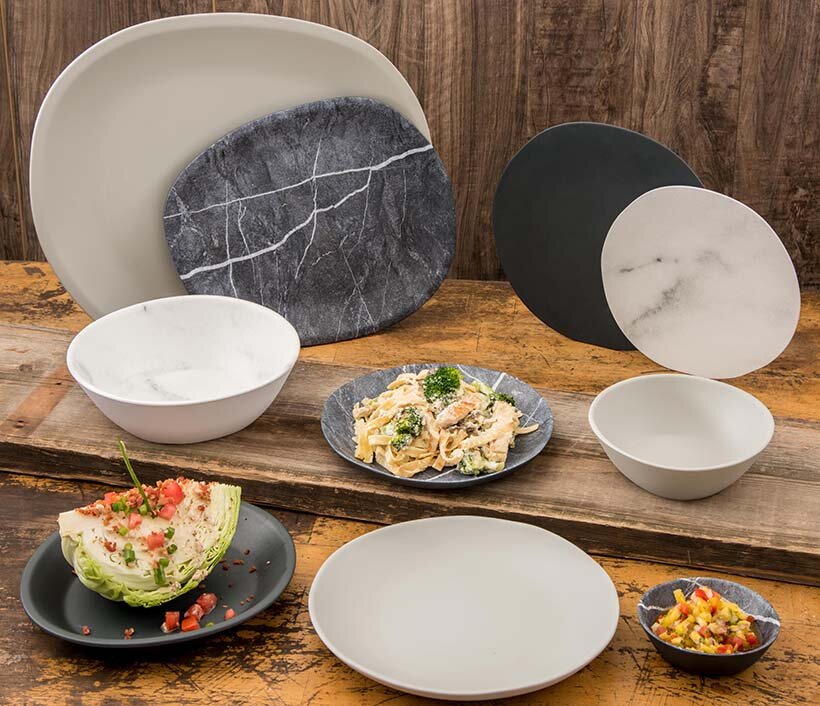
Durability and cost
With the hospitality industry being hit hard by the coronavirus lockdown, tableware can be a daunting investment, says Steve Morris, sales director at Jestic Foodservice Solutions. Operators are looking for stylish, eye-catching options, but to control costs, it also needs to be durable and cost-effective over its lifespan.
Morris tips melamine tableware, which is shatterproof, stain-resistant and dishwasher-safe up to 100°C, as the practical choice in difficult times. Melamine tableware is becoming more mainstream among quick-serve restaurants and casual dining operators, he explains, and it has been a popular choice with public sector caterers for years.
Melamine tableware is also a popular solution for hotels and leisure venues where broken porcelain or glass would be a safety risk, he adds.

Josh Rammell, marketing manager of Utopia Tableware, echoes the safety benefits. Outdoor drinking and dining has provided hospitality business with a lifeline, and it looks set to stay as a trend, he says.
“This brings the problem of breakages and raises health and safety considerations. Polycarbonates seem to be the answer, but they need to stand up to customer scrutiny,” he says. Utopia can offer its Lucent plastics range of virtually unbreakable polycarbonates for outdoor hospitality.
Meanwhile, Finola Barbour, marketing manager at Steelite International, says its vitrified ceramics prevent crazing and cracking that lead to bacterial ingress over time, thus enhancing food safety efforts. Products that need replacing less often are great for convenience, long-term costs and the environment, she argues.
Sustainable tableware
Sherlock of Signature FSE has another post-pandemic tip for tableware, with many restaurants still relying on takeaway sales and home deliveries to maintain their business. Rather than offering single-use cutlery, she suggests Pinto Inox’s Ready to Use & Reuse stainless-set cutlery set, which is pre-washed and sealed in paper packaging. This is an eco-friendly, practical and hygienic solution, she suggests.
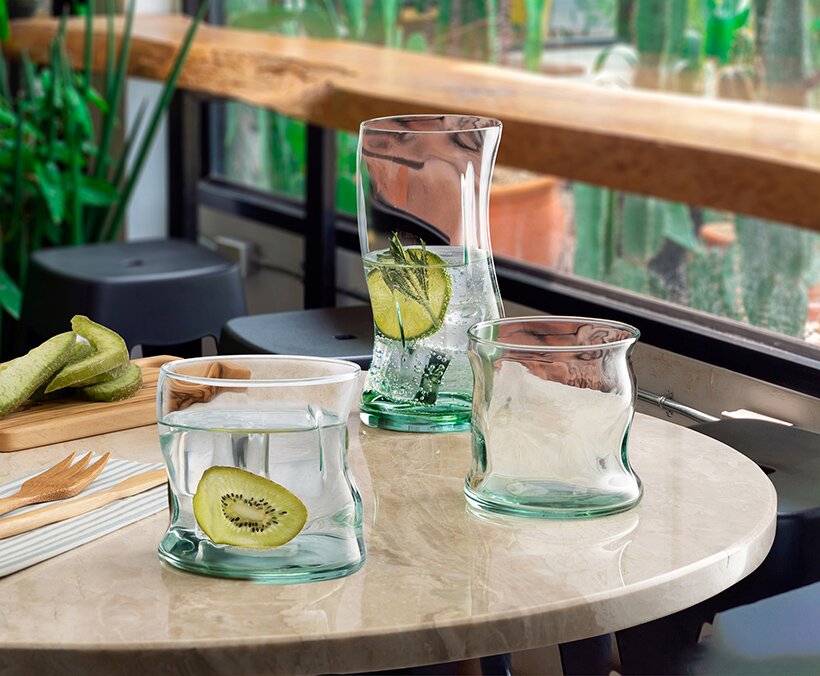
Pinti Inox also offers coloured cutlery adapted to the heavy use of foodservice operations and to professional dishwashers.
Richard Eaton, design director at Denby, says: “Our hospitality customers are more than ever aware of the importance of sustainability.” Denby has long had the environment at the forefront of its processes, and has made a commitment to reduce energy consumption, raw material utilisation and waste generation to “as low as is reasonably practicable”. It is also one of few potteries to be ISO 14001 accredited.
Bold and bright tableware
Looking to matters of style, the trend for glazes is strengthening and the marketplace is shifting towards an acceptance of stronger, bolder colours, says Barbour.
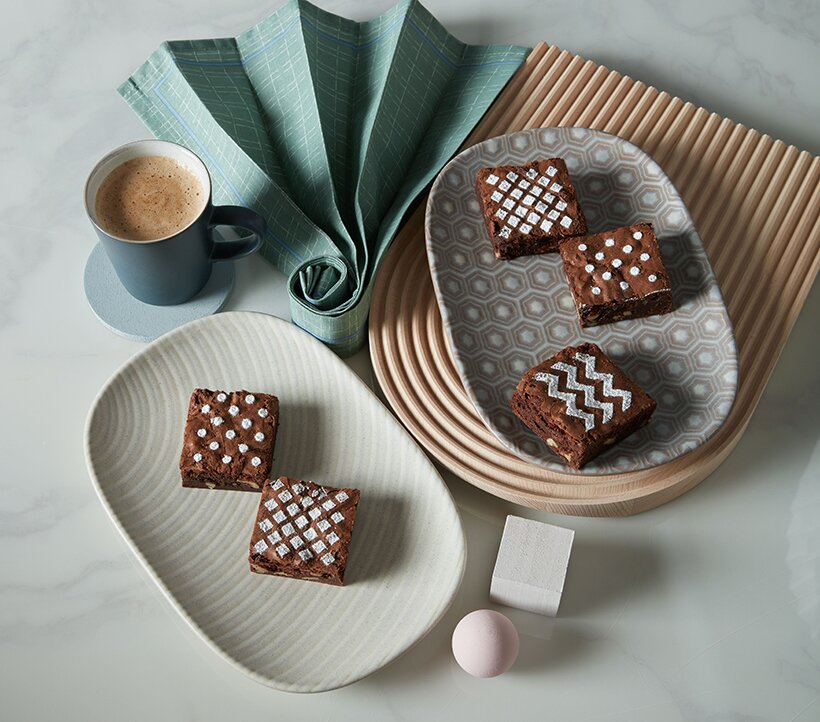
“The traditional stoneware-type ranges have long been favoured, but there is interest in something a bit spicier. Scandinavian design is going mainstream. Patterns are also continuing to see a return to favour with the more successful ones having the ability to be mix and matched with reactive glazes or flat, bold colour.”
This is a trend seen in Denby’s new ‘Impression’ range, which has a pebble texture that mixes blue, charcoal, cream and pink together with contemporary patterned accent pieces. The range also features a new plate design with a deep-walled rim for stackability.
With style, substance, sustainability, and cost to be considered, there is a lot to more to tableware than meets the eye.
Operators step up to the plate
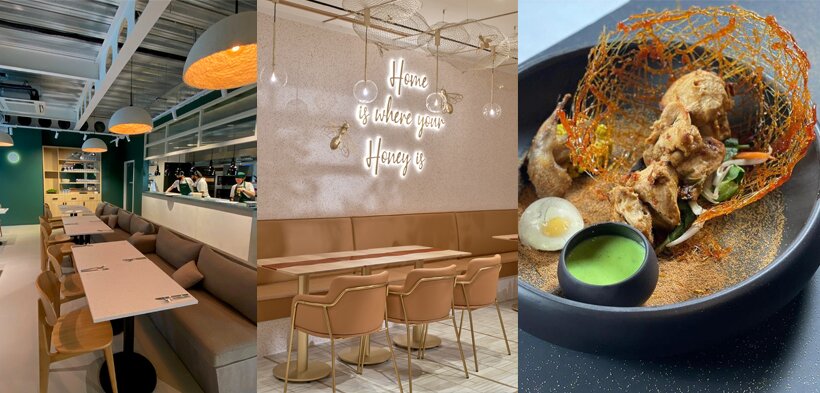
Louise Palmer Masterton, founder, Stem & Glory, Cambridge and London
“Sustainability, longevity and style are equal considerations. We have specific plates for specific dishes: each is considered with regard to colour and plating. We pay more for our product and try to look after it well.”
Susy Massetti, chef-restaurateur, L’Orto, Bahrain
“Setting up a table in a restaurant is like adding jewellery to complete an outfit! It must match the dress, the theme, the concept. In a fine dining set-up like we have at L’Orto, I personally believe that pure white, crisp linen tablecloths and napkins, elegant china and glassware, and heavy yet comfortable cutlery, are all that is needed to make anyone feel special.”
Khalid Samata, founder of Hive restaurant at Selfridges, London
“Our decisions on tableware were led by promoting the ethos behind the Hive concept. We chose organic, natural ceramic crockery with a neutral palette and bold gold-plated cutlery, to reflect the opulence and luxury of the Queen Bee and the unique Hive dining experience. The napkins were designed with gold stitched bee facts, to educate guests on the importance of bees.”
Sharif Uddin, owner, Dusk, Brentwood, and the Kushi Indian restaurant chain in Essex and east London
“Tableware plays a very important part in creating the atmosphere in any restaurant. The choice of crockery, for example, can enhance and dramatise the food. In my Indian restaurants, food is put in traditional Indian stainless steel bowls to create an authentic dining environment.”
Suppliers
Denby www.denbypottery.com/hospitality
Jestic Foodservice Solutions www.jestic.co.uk
Signature www.signature-fse.com
Steelite International www.steelite.com
Utopia Tableware www.utopia-tableware.com



